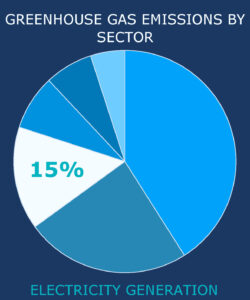To meet its renewable energy targets, California has a strong interest in siting utility-scale renewable energy projects on viable parcels that retain little or no agricultural or biological value. Projects on these sites may have fewer environmental impacts – meaning less mitigation, fewer permitting delays, and a shorter development horizon. But many renewable energy developers lack incentives or opportunity to propose projects first in these areas. State and local governments must therefore provide direction, mapping, and incentives to facilitate beneficial project site selection and avoid permit delays, litigation, and the potential for inefficient use of existing electricity infrastructure.
